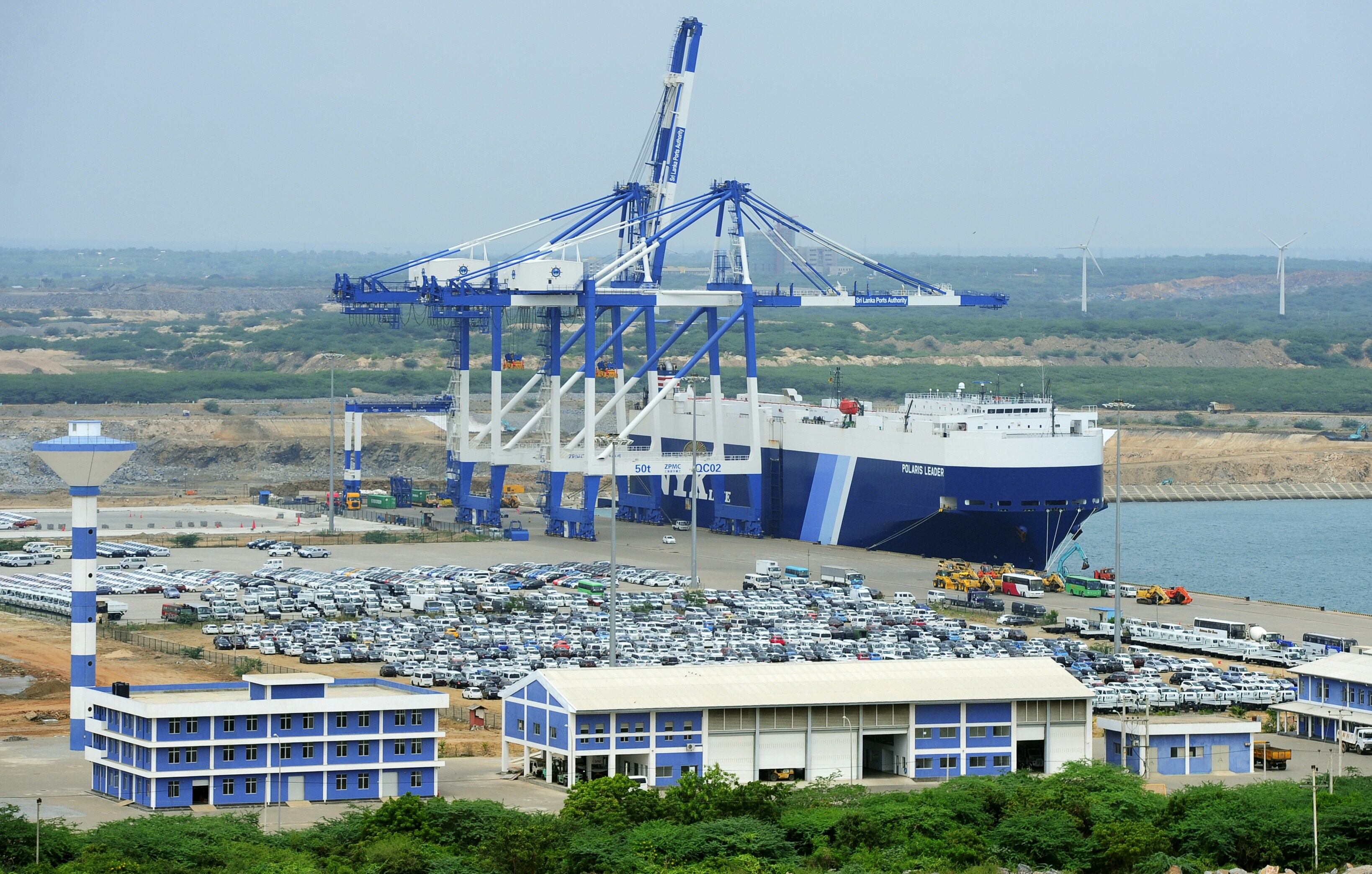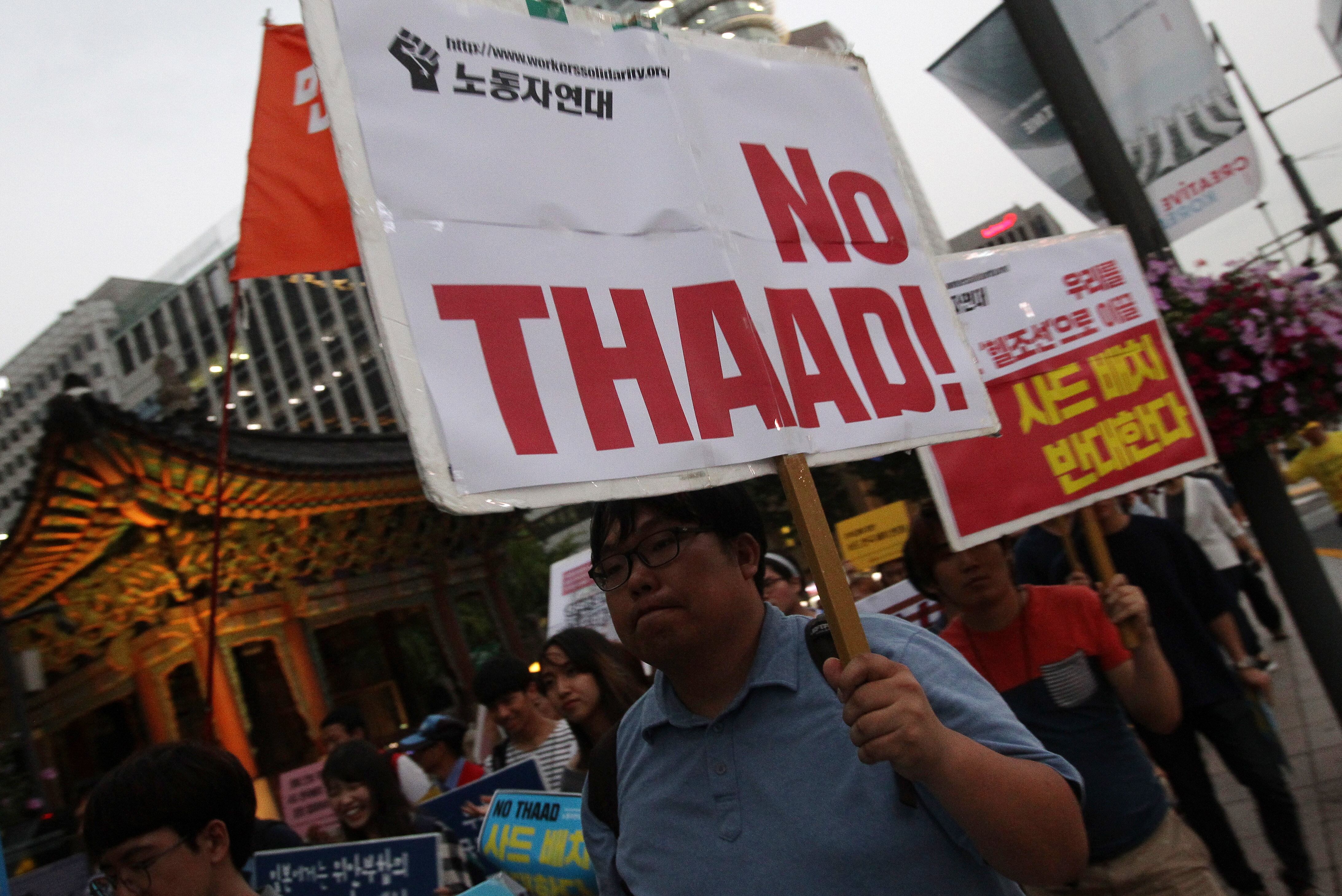WASHINGTON ― Chinese economic coercion could have broad implications for the United States’ Asia policy, according to a report by the Center for a New American Security.
The authors of the CNAS report say China uses economic measures under a narrow set of circumstances related to territorial claims, Chinese domestic politics or other identified “core interests.”
Territorial disputes, particularly in the South China Sea, with Japan and the Philippines have stimulated economic responses from China in recent history.
RELATED

In 2010, after a Japanese patrol boat detained the captain of a Chinese trawler with which it collided near the disputed Senkaku (or Diaoyu) island chain, Beijing ceased exports of rare earth metals to Japan. Rare earth metals are vital for Japanese companies that make high-tech products such as electric vehicles, mobile phones and batteries.
The dispute flared up again in 2012 after Japan purchased several islands in the chain from a private owner, sparking Chinese state-run media to encourage boycotts of Japanese goods.
As China and the Philippines clashed over the Scarborough Shoal in 2012, China implemented stricter sanitation inspections of imported Filipino bananas. China made additional cuts to tourism to the Philippines in an apparent attempt to coerce the country into concessions. After Rodrigo Duterte was elected in 2016, he acquiesced to some of China’s demands over the shoal to obtain fiscal relief from import restrictions on bananas and other products, according to the report.
Upset with South Korea’s decision to field U.S.-made Terminal High Altitude Air Defense missile defense systems in 2017, China reduced tourist groups to South Korea, temporarily limited imports and threatened South Korean companies with further restrictions.
RELATED

Although these policies have not deterred South Korea from deploying THAAD, the Bank of Korea estimated these coercive measures decreased South Korean 2017 economic growth by half a percent. According to CNAS’ report, one South Korean research institute estimated in September 2017 that the cost of South Korean tourism restrictions alone could cost the country upward of $15 billion.
As China continues to execute its One Belt One Road Initiative ― a estimated $1 trillion project that will encompass roughly 70 countries and 32 percent of global gross domestic product ― the report cautions China will gain even more economic leverage to influence smaller states standing in the way of Chinese foreign policy interests.
To combat and mitigate the growing threat of Chinese economic coercion, the authors recommend the U.S. create a cross-agency group focusing on Chinese economic statecraft intelligence to develop “operational analysis of economic coercion and scenario planning or war-gaming possible future instances of Chinese economic coercion significant to U.S. interests.”
Other possible solutions, according to the report, include cultivating deeper trade relations with countries that are vulnerable to Chinese economic coercion; in essence. reducing China’s leverage by providing an alternative market and diversifying sources of tourism by lowering visa requirements for short-term visits.
Daniel Cebul is an editorial fellow and general assignments writer for Defense News, C4ISRNET, Fifth Domain and Federal Times.








